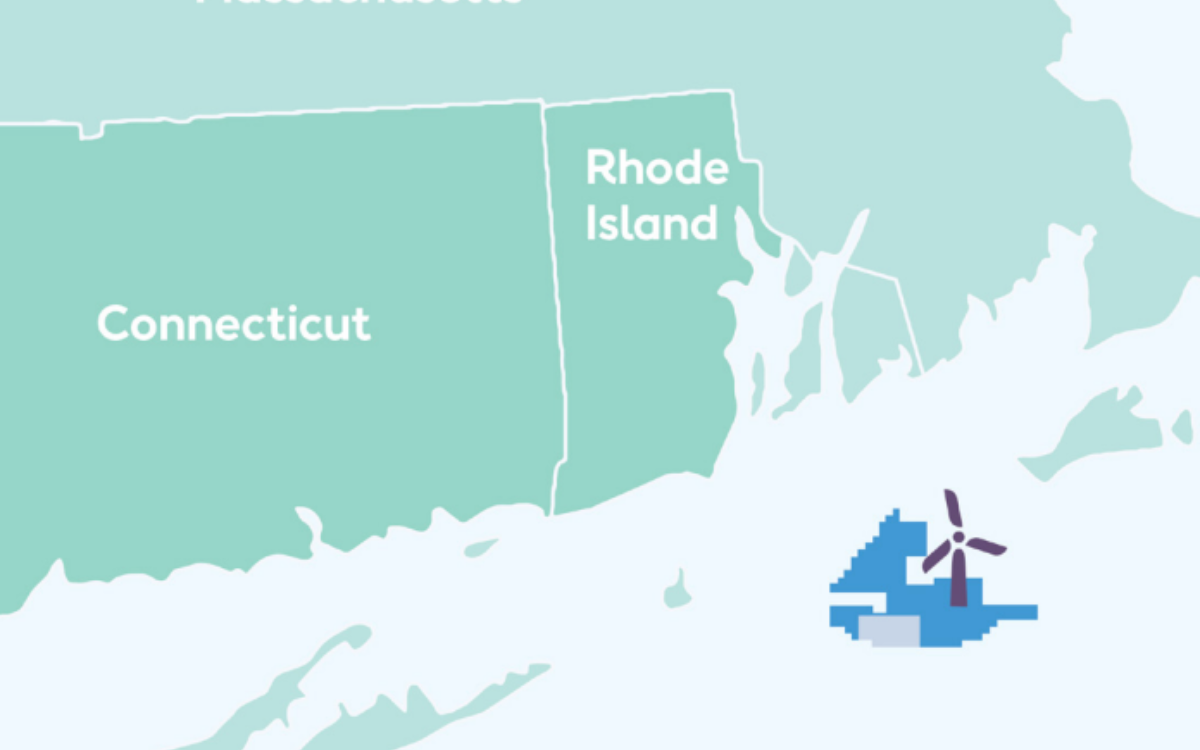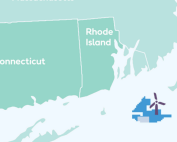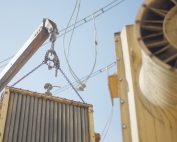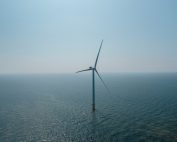European governments have pledged to deliver 160GW of offshore wind within the next decade, requiring €6.5bn of investment in port infrastructure by 2030 to meet these ambitions. In response to these announcements, ports are finding they will need to growing their business to support offshore wind energy, in the form of upgrades and expansion in order to accommodate incoming FLOW projects.
Reuters Events’ live webinar on Friday 18th August, 10.00-11.00am GMT addresses the key barriers to port expansion. Ports play a key role in scale-up of offshore wind projects, both in the fixed-bottom and particularly so in upcoming floating wind projects. Joined by CEOs of ports, policymakers, developers and service providers (which you can register for free here), we look at how European ambitions for offshore wind can be met. But first, we need to look at the statistics to understand the full extent of the challenges at hand.
The UK’s Floating Wind Offshore Taskforce identified 11 ports in the UK that will need to be transformed into new industrial hubs to enable the roll-out of floating offshore wind at an unprecedented pace and scale. To put these requirements into the broader European perspective, ports will need to service almost 15,000 turbines a year to deploy 25GW of new offshore wind farms. Collectively, European ports today support just 3GW of offshore wind farms, spotlighting the need for infrastructure expansion.
Port expansion requires collaboration between ports, policymakers, investors and project developers to realistically roll out projects at a sustainable rate.
Investment is key, with the Taskforce recommending an injection of £4 billion to ensure the UK is ready for mass floating wind projects by the end of 2030. Major investments in port infrastructure often require certainty of demand and once contracts are signed it can often be too late, highlighting the need for government and industry to join hands to inject certainty and accurately forecast levels of demand.
Another surfacing issue surrounds increasing turbine size. With turbine increases, the number of ports in Europe with infrastructure capable of supporting these will significantly decrease, as Bob Sanguinetti, CEO of the Port of Aberdeen has commented. For developers, this raises the question of whether they should adapt turbine designs to fit existing or future planned port infrastructure, as well as whether to proceed their project rollout strategy with a more gradual approach that is able to fully utilize existing facilities.
Executing the delivery of port infrastructure for large-scale deployment raises engineering challenges, in terms of reinforcing quays, enhancing deep sea-berths and establishing new manufacturing centres for bottom-fixed and floating offshore wind.
Addressing all these challenges, we are joined by the industry experts from different parts of the value chain on Friday 18th August at Reuters Events webinar on ‘Expanding Ports to Achieve Large-Scale Offshore Wind Deployment’, 10.00-11.00am GMT.
Providing their insights and solutions on this free live webinar are Bob Sanguinetti, CEO, Port of Aberdeen, Matthew Beeton, CEO, Port of Tyne, James Lawson, Offshore Wind Port Infrastructure Policy Lead, Department for Energy Security and Net Zero – UK Government, Walid Oulmane, Head of Ports and Industrialization, BlueFloat Energy, Charles July, Partner, Dentons and Wei-Yang Tan, Head of Renewable Port Infrastructure, ABL Group.
To register, simply follow the link here.
BalticWind.EU is Media Partner of the event.















